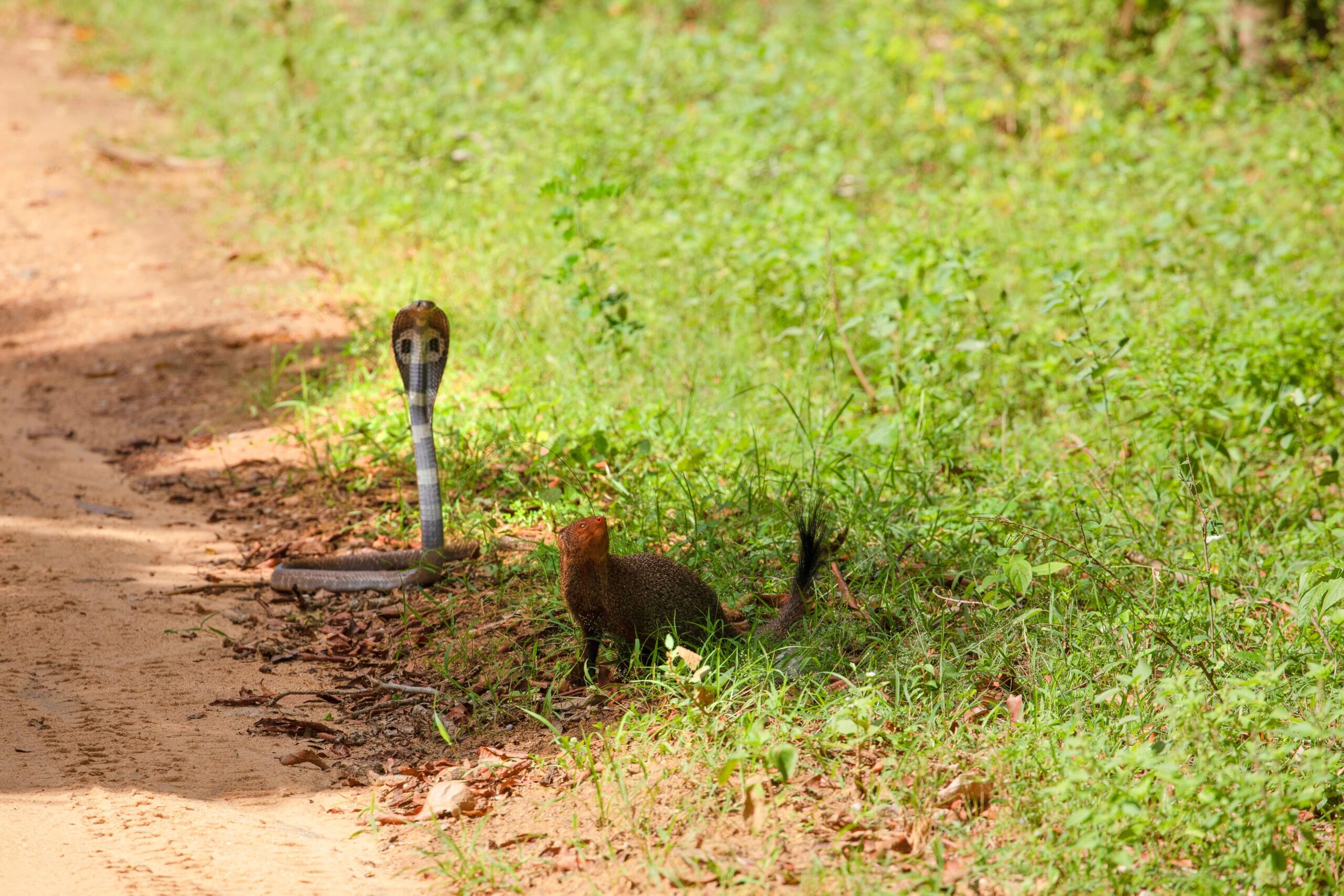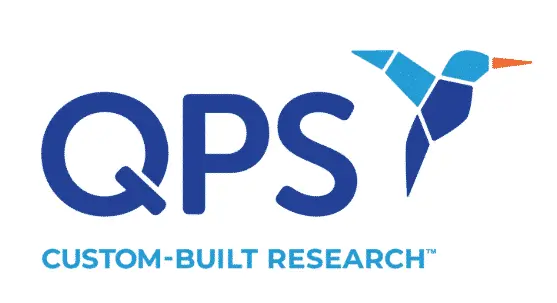In the wild landscapes of Australia, a silent arms race has raged for millions of years. Venomous snakes like taipans swept across the continent, leaving lizards defenseless. But skinks, small and unassuming reptiles, struck back—not with fangs, but with molecular armor embedded in their muscles.
Scientists at the University of Queensland have reported that Australian skinks carry 25 independent mutations in a key muscle receptor called the nicotinic acetylcholine receptor. Normally, this receptor is the target for snake neurotoxins, which block nerve-to-muscle signals and cause instant paralysis. In skinks, the mutations act as a shield. As Professor Bryan Fry, lead author of the study, said in a statement from the university, “In a stunning example of a natural counterpunch, we found that on 25 occasions, skinks independently developed mutations at that binding site to block venom from attaching.”
Some of these genetic tweaks add sugar molecules that physically block toxins. Others swap out amino acids—most famously, replacing one site with arginine at position 187—to stop the venom in its tracks.

Convergent Evolution: Shared Secrets Across Species
This isn’t just a lizard trick. The skink carries one of the same mutations seen in honey badgers, notorious for shrugging off cobra venom, and mongooses, which regularly prey on venomous snakes. Evolution has developed the same strategy across reptiles and mammals, showing an extraordinary response to the threat that snake venom represents.
To see such distant species arrive at the same solution is a textbook case of convergent evolution. “It’s a testament to the massive evolutionary pressure that venomous snakes exerted after their arrival and spread across the Australian continent,” Fry explained. “To see this same type of resistance evolve in a lizard and a mammal is quite remarkable.”
The Chemistry of Survival
Uthpala Chandrasekara, a researcher on the team that published the findings, described observing the results in the laboratory. “We used synthetic peptides and receptor models to mimic what happens when venom enters an animal at the molecular level, and the data were crystal clear—some of the modified receptors simply didn’t respond at all,” she said. “It’s fascinating to think that one tiny change in a protein can mean the difference between life and death when facing a highly venomous predator.”
About 27.5% of skinks tested across hundreds of species showed some level of this resistance, proof of how vital the trait has become for survival. For skinks, venom resistance transformed a deadly vulnerability into an evolutionary advantage, helping them thrive in predator-rich environments.
Implications for Medicine
The findings do more than tell an evolutionary story—they could lead to lifesaving innovations for humans. The World Health Organization estimates that snakebites kill between 81,000 and 138,000 people each year. Children and agricultural workers living in rural areas and countries with weak health systems are disproportionately affected. Current antivenom treatments rely on antibodies raised in animals and are often expensive, difficult to produce and sometimes only partially effective.
By uncovering how skinks block venom at the molecular level, scientists can search for new therapeutic strategies. “The more we learn about how venom resistance works in nature, the more tools we have for the design of novel antivenoms,” said Chandrasekara. She added that revealing exactly how skinks dodge death could guide future biomedical approaches: “Understanding how nature neutralizes venom can offer clues for biomedical innovation.”
From Lizards to Lifesaving Drugs
The study highlights how the interplay of predator and prey can spark unexpected solutions to complex problems. The same molecular defenses that allow skinks to scamper away from snakes could one day be engineered into antivenom therapies.
What began as an evolutionary duel in the Australian bush may inspire treatments used in hospitals worldwide. As Fry said, “What we saw in skinks was evolution at its most ingenious.” The ingenuity of nature now offers scientists a roadmap, one that could transform snakebite treatment and save countless lives in the years to come.
Did you enjoy this blog post? Check out our other blog posts as well as related topics on our Webinar page.
QPS is a GLP- and GCP-compliant contract research organization (CRO) delivering the highest grade of discovery, preclinical, and clinical drug research development services. Since 1995, it has grown from a tiny bioanalysis shop to a full-service CRO with 1,200+ employees in the US, Europe, Asia, India and Australia. Today, QPS offers expanded pharmaceutical contract R&D services with special expertise in pharmacology, DMPK, toxicology, bioanalysis, translational medicine, cell therapy (including PBMCs, leukopaks and cell therapy products), clinical trial units and clinical research services. An award-winning leader focused on bioanalytics and clinical trials, QPS is known for proven quality standards, technical expertise, a flexible approach to research, client satisfaction and turnkey laboratories and facilities. Through continual enhancements in capacities and resources, QPS stands tall in its commitment to delivering superior quality, skilled performance and trusted service to its valued customers. For more information, visit www.qps.com or email info@qps.com.




